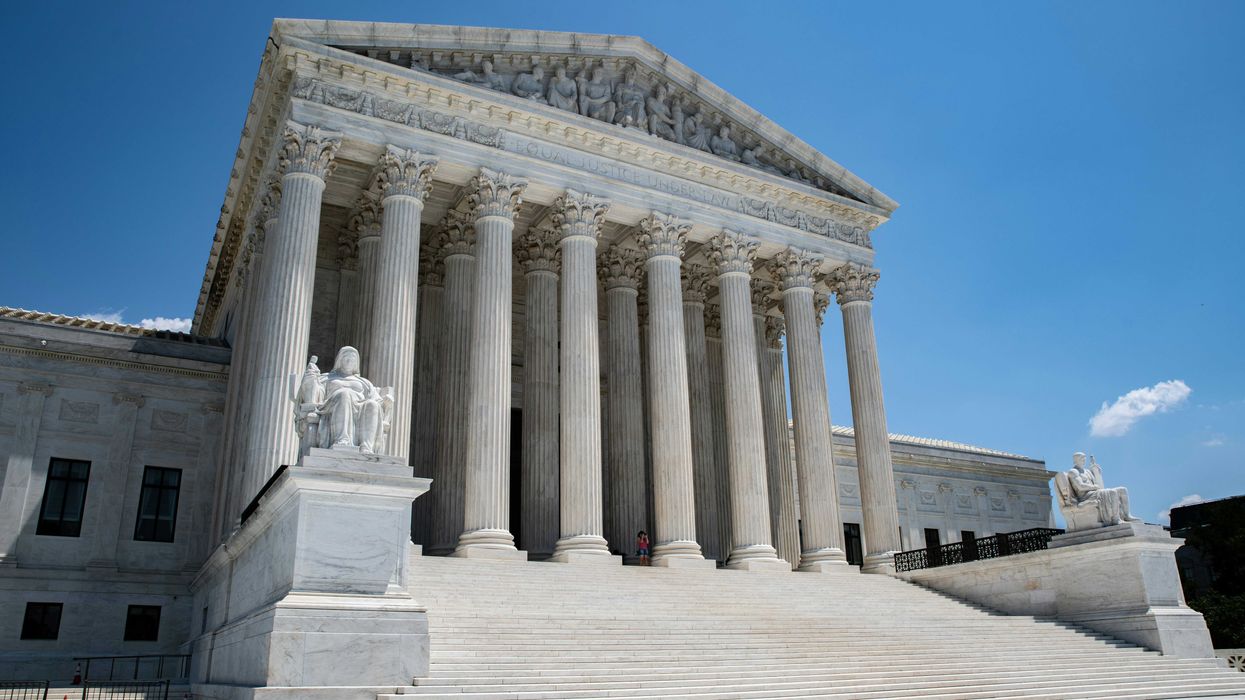Two years after the Supreme Court banned race-conscious college admissions in Students for Fair Admissions, universities are scrambling to maintain diversity through “race-neutral” alternatives they believe will be inherently fair. New economic research reveals that colorblind policies may systematically create inequality in ways more pervasive than even the notorious “old boy” network.
The “old boy” network, as its name suggests, is nothing new—evoking smoky cigar lounges or golf courses where business ties are formed, careers are launched, and those not invited are left behind. Opportunity reproduces itself, passed down like an inheritance if you belong to the “right” group. The old boy network is not the only example of how a social network can discriminate. In fact, my research shows it may not even be the best one. And how social networks discriminate completely changes the debate about diversity.
This debate has been shaped by a widely held assumption that “colorblind” policies are inherently fair. Conservatives, or those on the political right, have long argued that race-neutral or colorblind policies will bring us closer to meritocracy by promoting individual merit. In contrast, those on the political left often argue for more equality.
But what if we had both? What if we had full equality between racial groups and fully colorblind policies? Would outcomes then be fair? According to my recent economics research in the peer-reviewed Journal of Law and Economics, the answer to this question is no: under fully colorblind policies, outcomes over time would not be fair.
Consider a simple employment example with full equality between majority and minority workers and colorblind hiring. Workers have equal qualifications, the company does not use race in hiring, and initial hiring is fair. Since 1/3 of the population is minority, 1/3 of employees are also minorities.
Suppose each employee interacts with the same group of, let’s say, nine prospective job applicants and makes referrals to their company based on the social connections they form. This is common practice in the U.S., where companies rely on referrals in making hiring decisions. Research shows that referrals help companies because trusted employees may be more likely to identify others who could also become trusted employees someday.
Research also shows that people are more likely to form social connections with other people with whom they share more characteristics—this phenomenon is called homophily, aka "birds of a feather flock together.” Studies have found that race and ethnicity have the greatest influence on homophily in the U.S. So, suppose homophily is also equal between majority/minority groups. Since homophily is equal, let’s say for each 1-on-1 social interaction, there is always a two-thirds chance of forming a social connection if people are of the same majority or minority group, and a one-third chance of forming a social connection if people are of different groups.
HOW SOCIAL NETWORKS CREATE INEQUALITY
Resources on social network discrimination: Northwestern University Policy Brief | Explainer Video
From this scenario, one can calculate that the two employees in the majority group each form 5 social connections (4 with majority applicants and 1 with a minority applicant). The one minority employee forms four social connections (2 with majority applicants and 2 with minority applicants). That means 4 total social connections are with minority applicants out of a total of 14 (which is less than 29%).
Yet minorities are over 33% of the population since they are 1 out of 3 people. So, as this example shows, there will be disproportionately fewer social connections (and job referrals) for minorities despite both groups starting off equal and the company using fully colorblind hiring policies. This disparity I call social network discrimination—a term I coined that captures how minorities can receive disproportionately fewer economic and social opportunities simply because their social group is smaller. This isn't just theoretical—using real-world social network data, I find this creates meaningful economic disparities even when starting from perfect equality.
Granted, the example above relates to referrals and employment. Yet social network discrimination can apply to many other settings where opportunity is impacted by social interactions—for example, between Class A and Class B on a college campus. The very nature of college admissions—which involves university officials manufacturing an immersive academic and social community for years during a formative stage of life—inherently creates for many people the foundational network of lifelong personal and professional social connections. Students often learn about internships through dorm conversations, form study groups with peers, or hear about post-graduate options from friends. In other words, opportunities while still in school and afterward are often based on these social networks—who you know telling you information on what you need to know. And due to social network discrimination, minorities may have less access to opportunity, all else equal. This means universities implementing “race-neutral” admissions policies may inadvertently be creating the very unfairness they’re trying to avoid—even according to definitions of “merit” held by many political conservatives.
The present Supreme Court is predominantly conservative, so the law will likely increasingly be interpreted to promote even greater colorblindness. Yet, becoming aware of social network discrimination leads to uncomfortable truths for both the political right and the political left. For those on the political left, social network discrimination highlights that even if historical injustices were remedied, disparities might still naturally develop over time between groups. For those on the political right, social network discrimination shows that colorblindness does not create a true meritocracy. And for all of us, social network discrimination reveals that creating a fair society requires confronting race, not ignoring it.
A version of this article was first published by the Chicago Tribune on September 28, 2025.
Chika Okafor, Ph.D., is an Assistant Professor of Law at Northwestern University and a Faculty Fellow at the Northwestern Institute for Policy Research. He has dual courtesy appointments as an Assistant Professor in the Department of Economics and in the Kellogg School of Management.




















